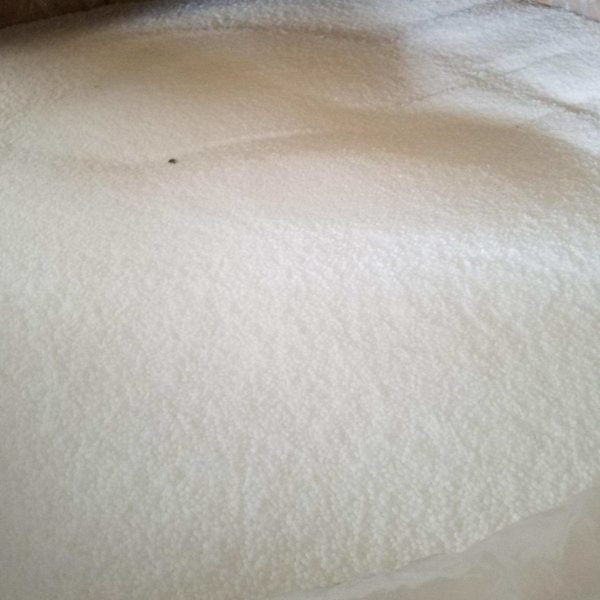What is Plastic Pelletizing?
Plastic pelletizing is a crucial process in the recycling industry that involves converting plastic waste into small, cylindrical pellets, commonly known as plastic pellets or granules. This process is instrumental in addressing the environmental impact of plastic pollution by providing a systematic and efficient way to recycle various types of plastic materials.

Types of Plastic Pelletizing:
1. Strand Pelletizing:
- In this method, molten plastic is extruded through a die and cut into strands.
- The strands are then cooled in a water bath and pelletized using a cutter.
2. Underwater Pelletizing:
- Molten plastic is extruded underwater, ensuring rapid cooling.
- The pellets are immediately separated from water and dried for storage or use.
3. Hot Die Face Pelletizing:
- Molten plastic is cut into pellets directly at the die face.
- It is suitable for materials with low melt strength.
4. Dry Ice Pelletizing:
- This method uses dry ice to rapidly cool and solidify the plastic, creating pellets.
5. Air Cooling Pelletizing:
- Pellets are formed by exposing molten plastic to a stream of cool air.
- Suitable for materials that can be solidified by air cooling.
Types of Recyclable Plastics:
Plastic pelletizing can be applied to a variety of plastic types, including but not limited to:
- Polyethylene (PE): Commonly found in packaging materials and containers.
- Polypropylene (PP): Used in packaging, textiles, and automotive components.
- Polyethylene Terephthalate (PET): Widely used in beverage bottles and textile fibers.
- Polystyrene (PS): Found in packaging, disposable cutlery, and insulation materials.

Advantages of Plastic Pelletizing:
- Resource Conservation: Pelletizing allows for the reuse of plastic materials, reducing the demand for new resources.
- Energy Efficiency: The process consumes less energy compared to manufacturing plastic from raw materials.
- Waste Reduction: By converting plastic waste into pellets, the amount of plastic ending up in landfills or oceans is significantly reduced.
- Cost-Effective: Using recycled plastic pellets in manufacturing can be cost-effective compared to using virgin plastic.
- Versatility: Pellets can be used in various industries, including packaging, construction, and automotive.
Closed-Loop Plastic Recycling:
A closed-loop system refers to a recycling process where collected plastic waste is used to manufacture new products, creating a sustainable cycle. Plastic pelletizing plays a pivotal role in closed-loop recycling as it transforms discarded plastic into reusable pellets. This approach minimizes the environmental impact of plastic production and disposal, promoting a circular economy.
How are recycled plastic pellets used?
After plastic pelletization, the resulting granules are directed to various industries, becoming a vital component of a sustainable production cycle. In packaging, they contribute to innovative materials ensuring durability and product protection. Many companies buy recycled plastic pellets for needs. Construction benefits from eco-friendly materials like pipes and panels. The automotive sector utilizes recycled plastic pellets for interior and exterior components, promoting lightweight and energy-efficient vehicles. Textiles embrace these pellets in synthetic fiber production for eco-conscious clothing. Electronics rely on them for reliable casings, connectors, and insulators. Agriculture sees applications in irrigation pipes and mulch films. Medical industries use recycled plastic pellets for sterile and safe medical device manufacturing. This life cycle underscores their role in creating sustainable, innovative products, reducing environmental impact, and redefining waste in industry for the benefit of future generations.
